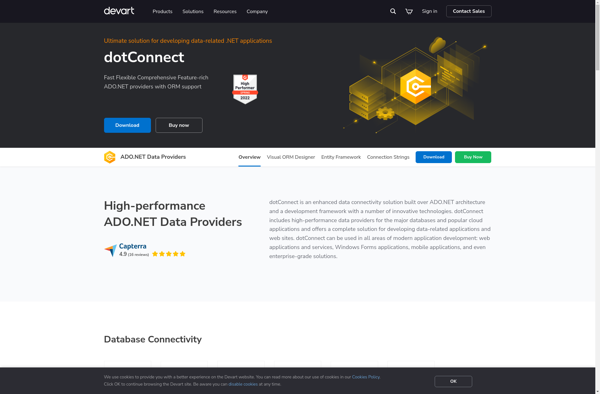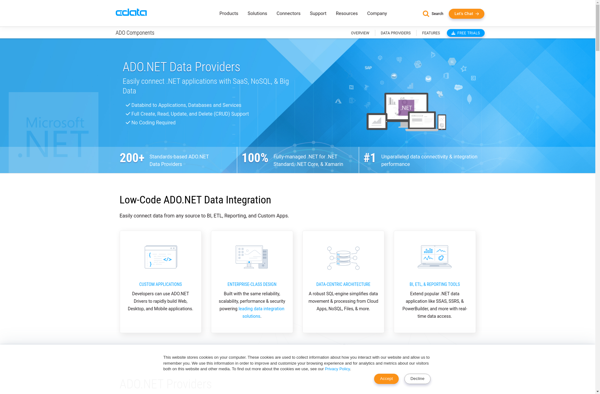ADO.NET Data Providers

ADO.NET Data Providers: Connect to Diverse Database Sources
ADO.NET Data Providers are components that connect to a database and expose data access services through the ADO.NET interface. They allow .NET applications to connect to different data sources like SQL Server, Oracle, etc.
What is ADO.NET Data Providers?
ADO.NET Data Providers are components that enable connecting to a database and accessing data from a .NET application. They expose data access services such as executing commands, retrieving data objects, managing transactions etc. through a common interface provided by ADO.NET.
The key benefit of ADO.NET data providers is providing a layer of abstraction above the database connectivity and operations. So the application code interacts with the ADO.NET interfaces while the actual communication happens through the appropriate data provider.
There are built-in data providers for commonly used databases like SQL Server, Oracle, MySQL etc. There are also third party ADO.NET providers. This enables .NET developers to change the target database with minimal code changes required in their application.
Some of the capabilities provided by ADO.NET data providers include:
- Connecting and disconnecting from data source
- Executing commands against database
- Retrieving result sets and data rows
- Transaction management
- Retrieving metadata information from database
By using ADO.NET data providers, .NET applications can leverage the power and speed of accessing data from various databases for data processing and manipulation.
ADO.NET Data Providers Features
Features
- Provide access to data from a data source
- Implement data access logic and queries
- Support connecting to various databases like SQL Server, Oracle, MySQL etc
- Enable fetching, updating, inserting and deleting data
- Support transactions and concurrency
Pricing
- Free
- Open Source
Pros
Cons
Official Links
Reviews & Ratings
Login to ReviewThe Best ADO.NET Data Providers Alternatives
Top Development and Database Access and other similar apps like ADO.NET Data Providers
Here are some alternatives to ADO.NET Data Providers:
Suggest an alternative ❐Abstract Database Connector

CData ADO.NET Providers
